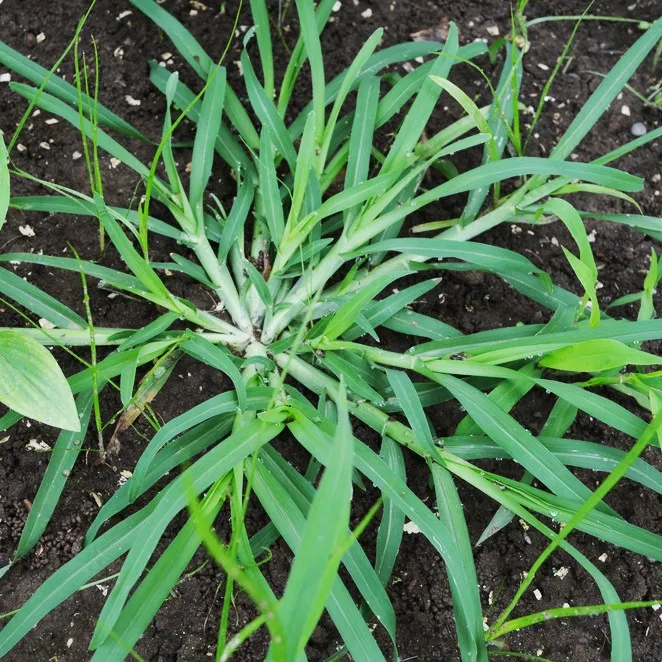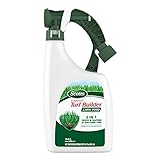Maintaining a lush, green lawn is a source of pride for many homeowners. However, the presence of crabgrass and other common weeds can quickly turn a beautiful lawn into an unsightly mess. This article explores effective strategies to eliminate these pesky invaders and restore your lawn to its former glory.
Understanding Crabgrass and Common Lawn Weeds
Crabgrass is an annual weed that thrives in warm weather and can quickly spread across your lawn if not controlled. Other common lawn weeds include dandelions, clover, and chickweed. These weeds compete with grass for nutrients, water, and sunlight, often resulting in a weakened lawn.
Characteristics of Crabgrass
– Growth Pattern: Crabgrass grows low to the ground and spreads horizontally.
– Seed Production: A single plant can produce thousands of seeds, which can remain viable in the soil for several years.
– Seasonality: It typically germinates in late spring and thrives throughout the summer.
Prevention: The First Line of Defense
Preventing weeds from taking root is the most effective way to maintain a healthy lawn. Here are some preventive measures:
– Regular Mowing: Keep your grass at the recommended height for your grass type. Taller grass shades the soil, making it difficult for weed seeds to germinate.
– Proper Watering: Water deeply but infrequently to encourage deep root growth. Shallow watering promotes weed growth.
– Fertilization: Use a balanced fertilizer to ensure your lawn has the nutrients it needs to thrive, making it less susceptible to weed invasion.
Mechanical Control Methods
Mechanical control involves physically removing weeds from your lawn. This method is labor-intensive but effective for small infestations.
– Hand Pulling: For small patches of crabgrass or other weeds, hand pulling can be effective. Ensure you remove the entire root to prevent regrowth.
– Mowing: Regular mowing can prevent weeds from seeding. However, it may not eliminate established weeds.
Chemical Control: Herbicides
When preventive and mechanical methods are insufficient, chemical control may be necessary. Herbicides can be effective but should be used judiciously to avoid damaging your lawn.
Types of Herbicides
– Pre-emergent Herbicides: These prevent weed seeds from germinating. Apply in early spring before crabgrass and other weeds begin to grow.
– Post-emergent Herbicides: These target existing weeds. Selective herbicides target specific weeds without harming grass, while non-selective herbicides kill all vegetation.
Application Tips
– Timing: Apply herbicides when weeds are actively growing for maximum effectiveness.
– Weather Conditions: Avoid application on windy days to prevent drift and potential damage to desirable plants.
– Follow Instructions: Always read and follow the manufacturer’s instructions for safe and effective use.
Case Study: Successful Weed Management
A study conducted by the University of California found that a combination of cultural practices and targeted herbicide use resulted in a 90% reduction in crabgrass over two growing seasons. The study emphasized the importance of timing and proper lawn care practices in achieving long-term weed control.
Natural Alternatives
For those seeking eco-friendly solutions, several natural alternatives can help manage lawn weeds:
– Corn Gluten Meal: Acts as a pre-emergent herbicide, inhibiting seed germination.
– Vinegar: A natural acid that can kill weeds on contact. Use with caution, as it can also harm grass.
– Boiling Water: Effective for small patches of weeds, but may require multiple applications.
Conclusion
Effectively managing crabgrass and other common lawn weeds requires a multifaceted approach. By combining preventive measures, mechanical control, and judicious use of herbicides, homeowners can maintain a healthy, weed-free lawn. Natural alternatives offer additional options for those seeking environmentally friendly solutions. Remember, a well-maintained lawn is the best defense against weed invasion, ensuring your outdoor space remains beautiful and inviting.
In summary, the key to a weed-free lawn lies in consistent care and timely intervention. By understanding the characteristics of common weeds and employing a strategic approach, you can enjoy a lush, green lawn year-round.












